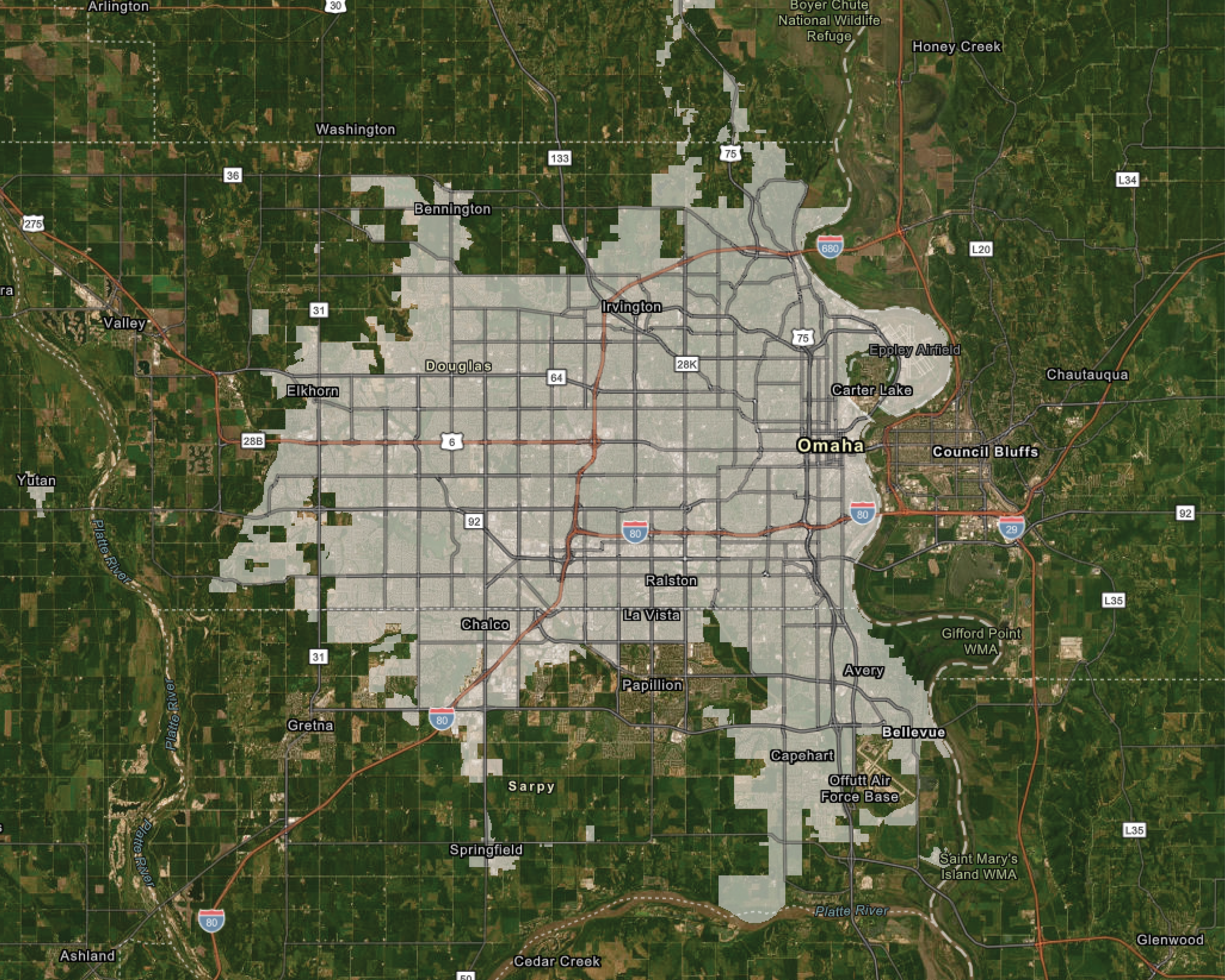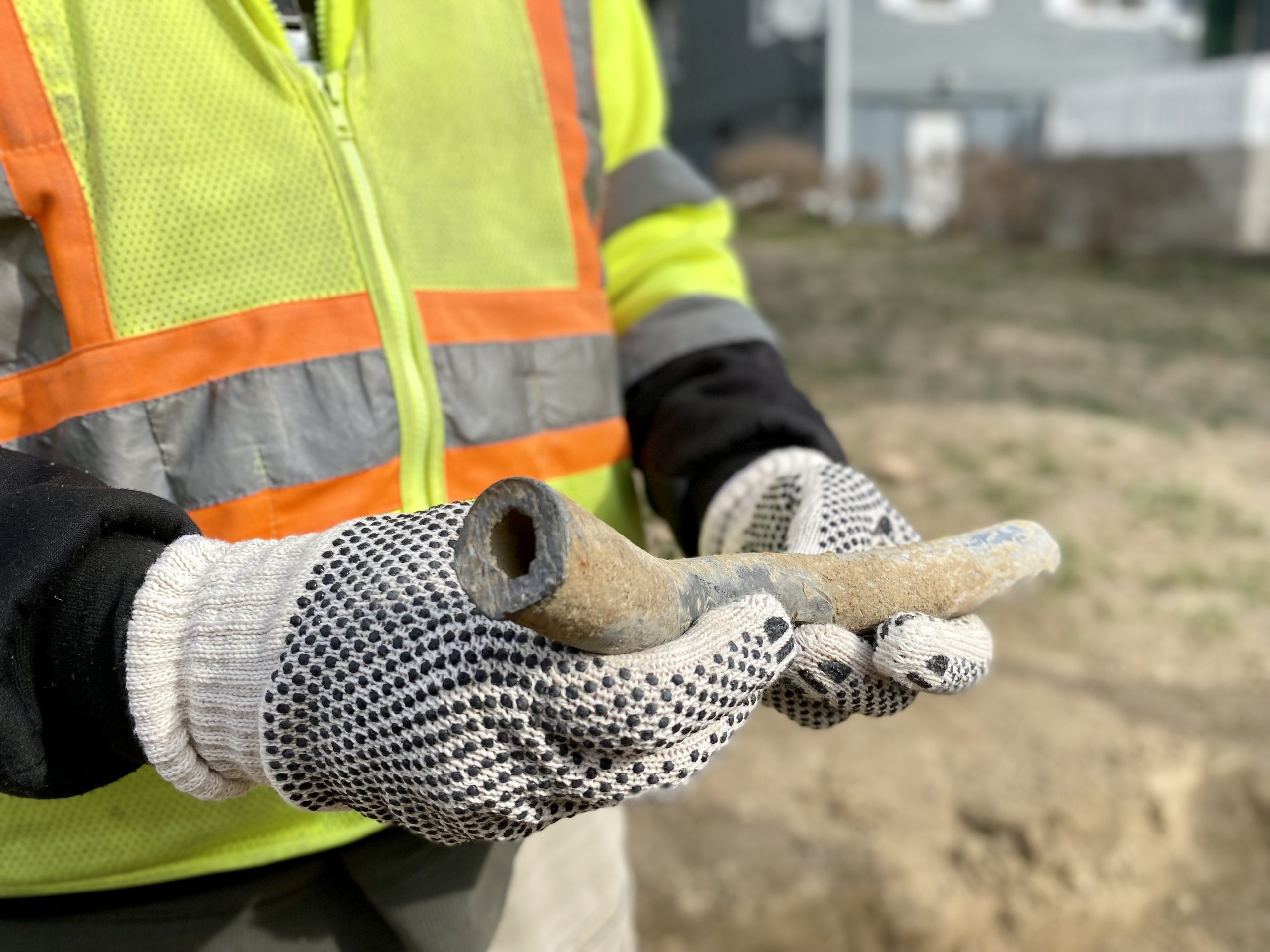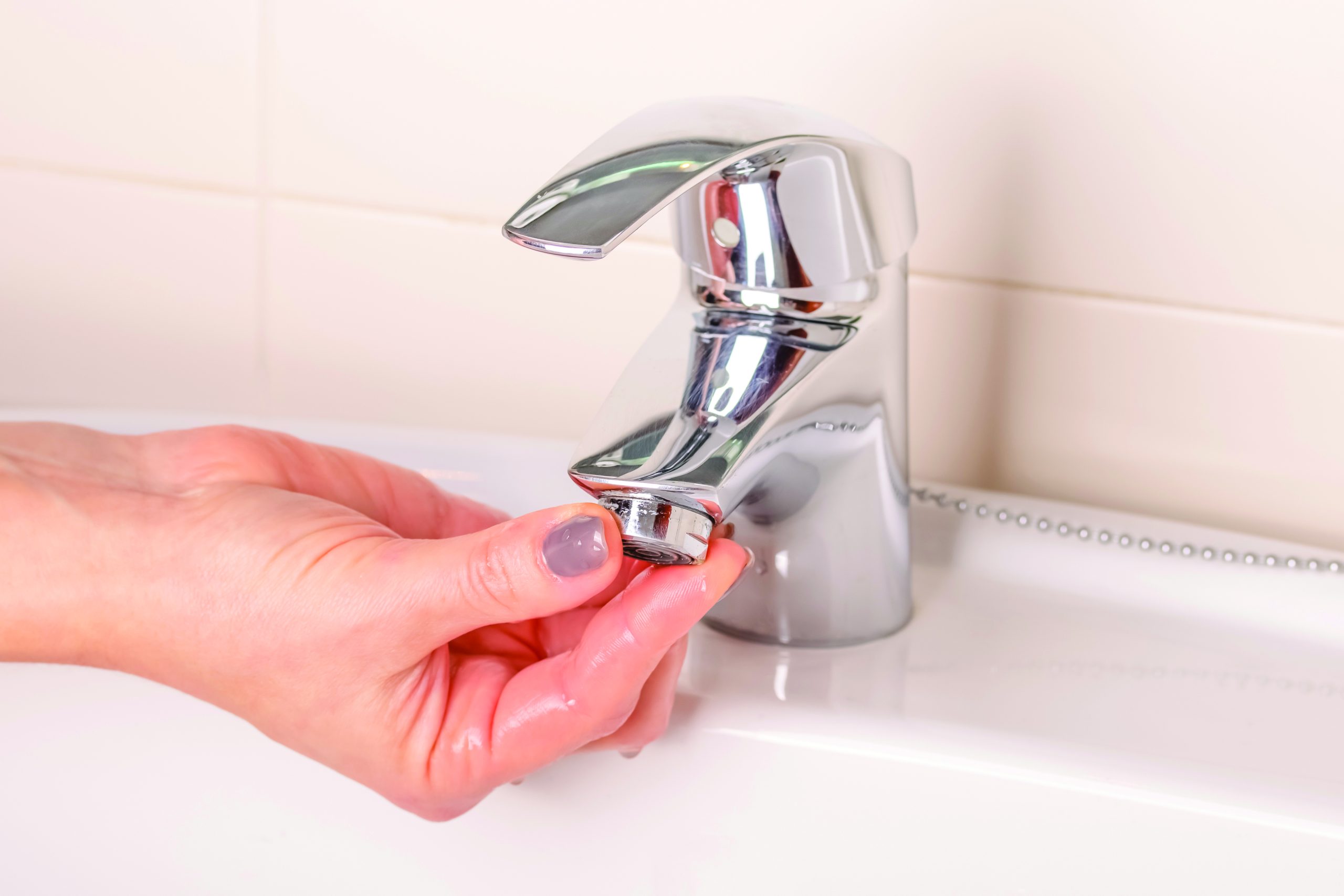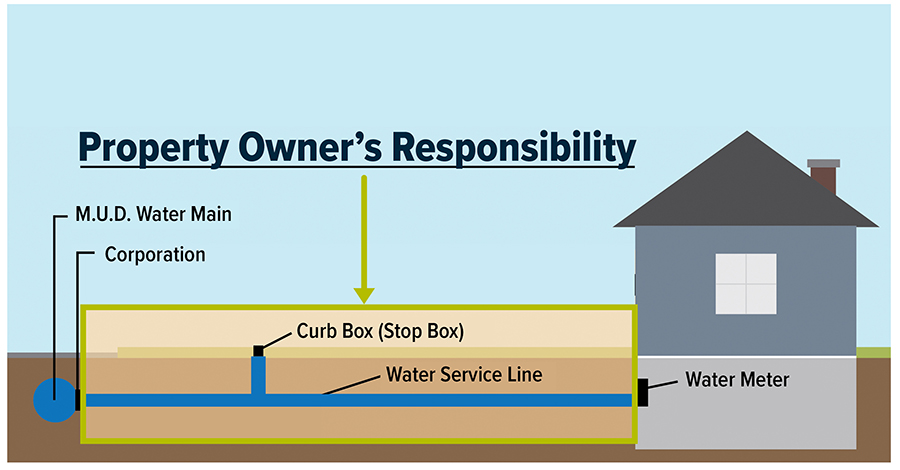Lead and Drinking Water
Metropolitan Utilities District is committed to providing information and resources to customers about lead and drinking water. This site includes information about water quality, treatment and testing, and resources to learn more about your water.
Map of Known Lead Service Lines
If the map say Lead Status Unknown – Needs Verification when you enter in your address, please click here and follow the instructions.
History of Lead Service Lines
In the early 20th century, scientific advancements and research revealed the negative effects of lead through inhalation and ingestion, leading to its disuse in many cities in the U.S. By 1991, the EPA and Congress had regulations in place to control the amount of lead that can be used and/or found in plumbing products.
In Omaha, lead service lines stopped being used by plumbers around the 1930s.
These water service lines are the homeowner’s responsibility and the replacement cost can be high, which is why lead pipes haven’t been replaced across the board.
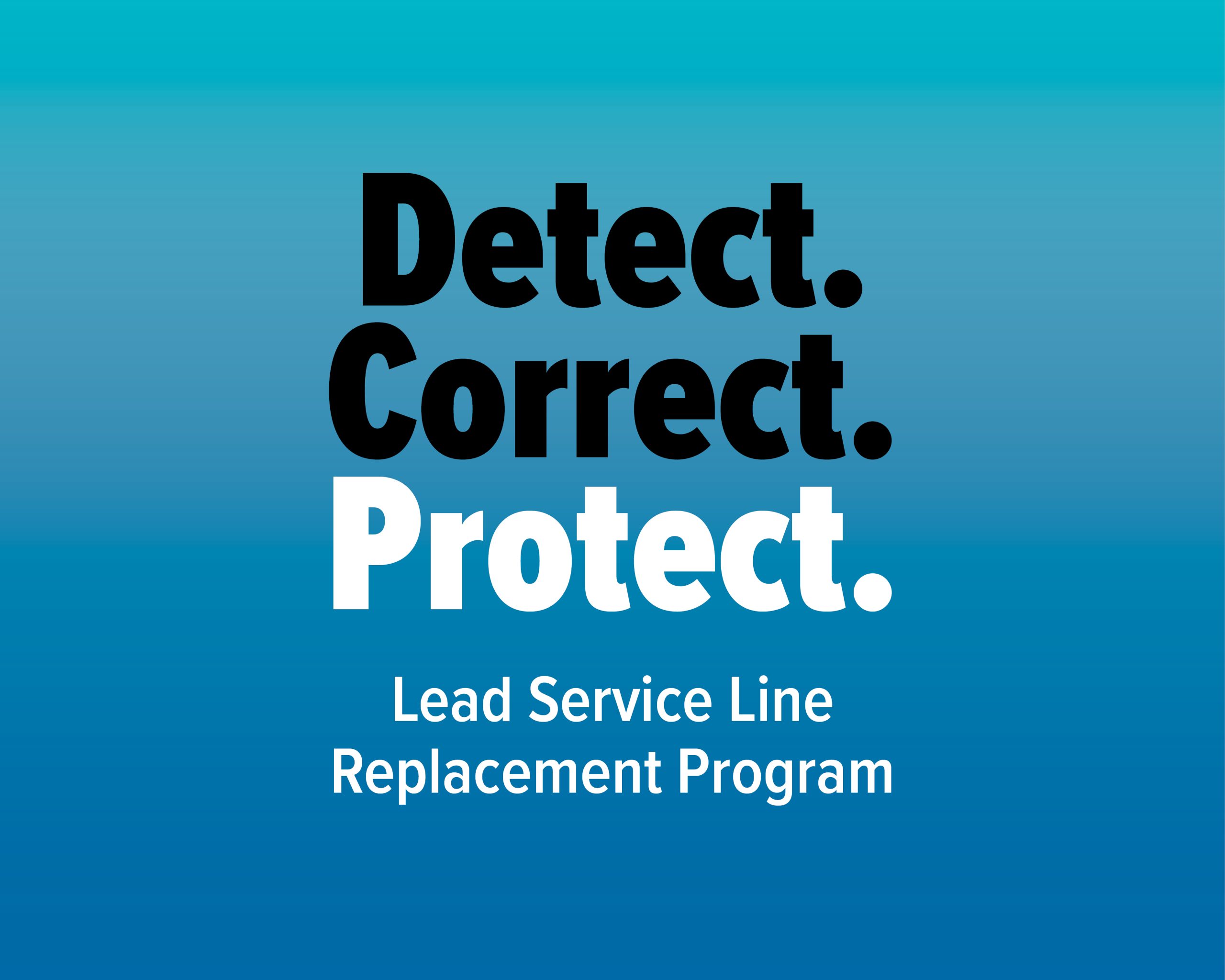
What is M.U.D. doing about it?
M.U.D. has developed a program to replace all identified lead service lines in our service area over the next 10 years.
We have applied for funding for the initial phase of this program and will continue to seek funding on behalf of our customers. This program will begin once we receive funding. Priority will be given to areas with a large number of homes with infants and children and areas with high concentrations of lead service lines.
We will communicate with customers before work begins in their area and throughout the replacement process. We will encourage customers to update their current contact information by clicking on “Update Contact Information” here or by calling Customer Service at 402.554.6666.
Free Water Pitcher and Water Testing
Customers who have a lead, galvanized or lead status unknown service line may request a water sample test kit and/or filtered water pitcher. M.U.D. has partnered with TruePani to provide these materials at no cost to you. The water pitcher comes with a six-month filter certified to remove lead from your drinking water.
Please click the link below to order your test kit and/or filtered water pitcher. Replacement filters are available upon request.
Pitcher and Test Kit Request Form
-
Treatment/Corrosion Control
M.U.D. produces stable, non-corrosive water, to minimize any potential of lead leaching from plumbing fixtures and solder. The District conducts monthly water quality tests for lead and it is NOT detected in source (raw) water, in the finished water that leaves our water treatment plants, or in the water in our distribution system (water mains).
-
Free Testing Offered
M.U.D has partnered with TruePani to provide for our customers who have water service lines made of lead, galvanized steel, (or the composition is unknown) that was installed before 1940, with a water sample test kit. To request a kit, please click on the link below.
-
State Testing Offered for a Small Fee
Nebraskans not enrolled in our Lead Service Replacement program, due to having a non-lead water service line, can order a lead in water test from the Department of Health and Human Services for a small fee. To order a test, call 402.471.2122 or visit the link below.
Tips to Reduce Your Risk
M.U.D.’s water treatment is designed to not corrode plumbing fixtures, however there are steps you can take to further reduce the risk:
- Only use water from the cold tap for cooking and drinking.
- If the tap has not been used in more than 30 minutes, then flush water through the faucet for 30 seconds up to 2 minutes before using it.
- Remove and clean the faucet aerators (also called screens) on a regular basis. To clean the faucet screen of debris:
-
- Unscrew the screen.
- Separate the individual parts.
- Remove any sediment (mineral or rust build up) on the screen and other parts. If necessary, soak the parts in white vinegar for a few minutes and scrub with a brush.
- Reassemble the screen parts and reattach to the faucet.
For more information on how to reduce the risk of lead in drinking water, visit the Centers for Disease Control and Prevention website.
-
Water Quality Report
The Safe Drinking Water Act requires public water supply systems to prepare annual water quality reports for customers to provide accurate, comprehensive information about their water supply.
-
EPA Lead Landing Page
Visit the Environmental Protection Agency for additional information on lead. EPA’s Safe Drinking Water Hotline is 800.426.4791.
-
Information on Lead Sources
Visit the Department of Health and Human Services for information on lead.
-
Together, Let’s Get the Lead Out
The American Water Works Association created an informational video on water quality and lead.
Lead and Copper Rule
In 1991, the EPA published a regulation to control lead and copper in drinking water to protect public health. The regulation is known as the Lead and Copper Rule. The EPA revised the regulation in 2000, 2007 and 2021. Congress has also set limits on the amount of lead that can be used in plumbing products. The most common sources of lead in drinking water are lead pipes and brass or bronze faucets and fixtures.
The Rule requires water systems to monitor drinking water at customer taps. If lead concentrations exceed an action level of 15 parts per billion (ppb) or copper concentrations exceed an action level of 1.3 parts per million (ppm) in more than 10% of customer taps sampled, the system must undertake additional actions to control corrosion. If the action level for lead is exceeded, the system must also inform the public about steps they should take to protect their health and may have to replace lead service lines under their control.
The Department of Health and Human Services (DHHS) performs all of the testing for M.U.D.’s compliance with the Lead and Copper Rule. M.U.D.’s role is to deliver the sample kits to the customers, collect them and send them to DHHS for testing. M.U.D. is required to sample for lead and copper every three years. The most recent round of lead and copper testing was completed in fall of 2022. The 90th percentile (action level) was 7.59 ppb, well below the regulatory limit of 15 ppb.
For more information, check the EPA’s Understanding the Lead and Copper Rule.
What’s Yours? What’s Ours?
For more information on what is your responsibility and what is the District’s responsibility, please view the What’s Yours, What’s Ours video below.
You can also review our informational brochure.
Lead is NOT present in the District’s source (raw) water, the finished water that leaves our water treatment plants, or in the water in our distribution system (water mains).
However, some M.U.D. customers may own a water service line (the water line from the main to your home) made of lead or have plumbing that includes lead solder. Water service lines made of lead may be found in areas of Omaha and other communities on our system in homes built prior to the 1940s.
To see if your home’s water service line is made of lead, check out the interactive map at the top of this page.







